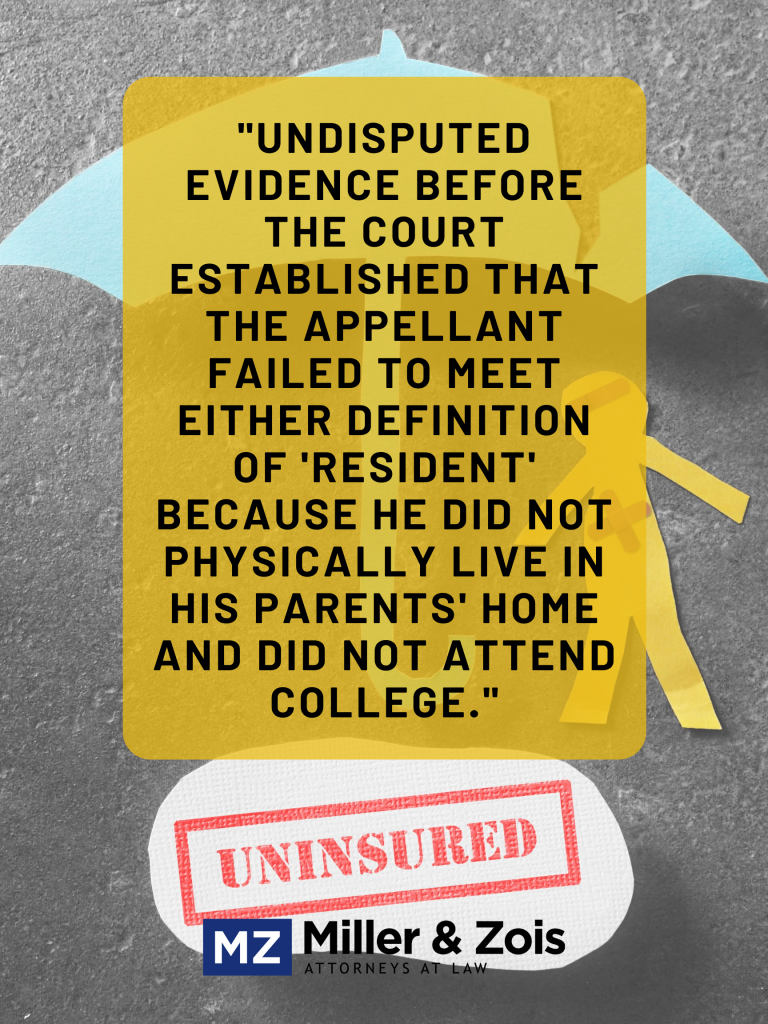Ever wonder why your insurance rates go up when you get a speeding ticket? A study of 3.7 million licensed Maryland drivers shows that ticketing does not reduce drivers’ likelihood of getting another ticket for speeding.
Researchers at the University of Maryland School of Medicine looked at Maryland’s licensed drivers and found that getting a speeding ticket almost doubles the risk of receiving a subsequent speeding citation.
The study also turned up interesting data comparing those who go to court for speeding tickets and those that do not. As every Maryland driver knows, if you get a speeding ticket and you were not doing a complete Dale Earnhardt impression, you can either go to court (where you will invariably be found guilty so your best bet is to plead guilty) or you can pay the fine by mail. The University of Maryland study found that the likelihood of receiving another speeding ticket was 12 percent among drivers who had opted to pay fines and received points on their driving records compared to eight percent among those who received probation before judgment (PBJ). This makes sense. The driver who cared enough to go to court is probably more likely to slow down.
 Maryland Injury Law Center
Maryland Injury Law Center


